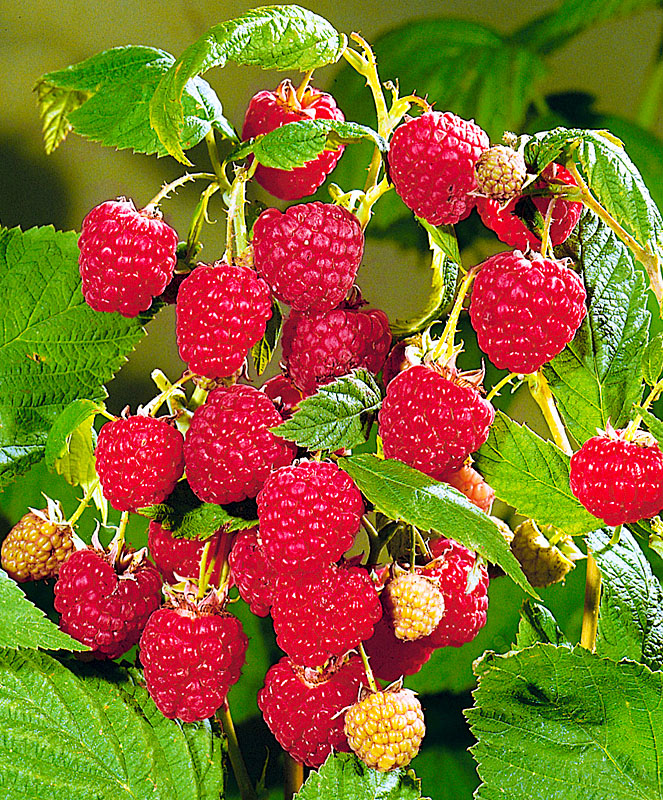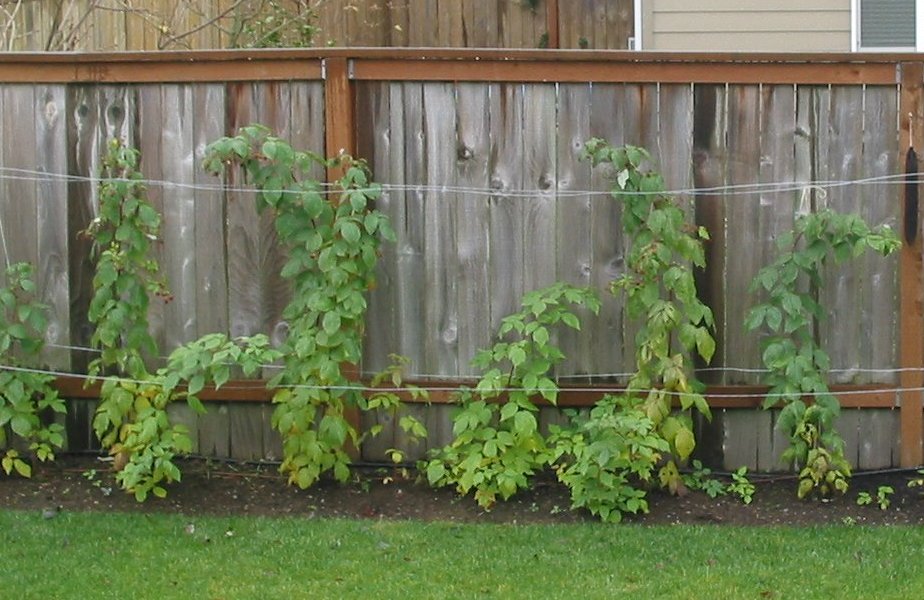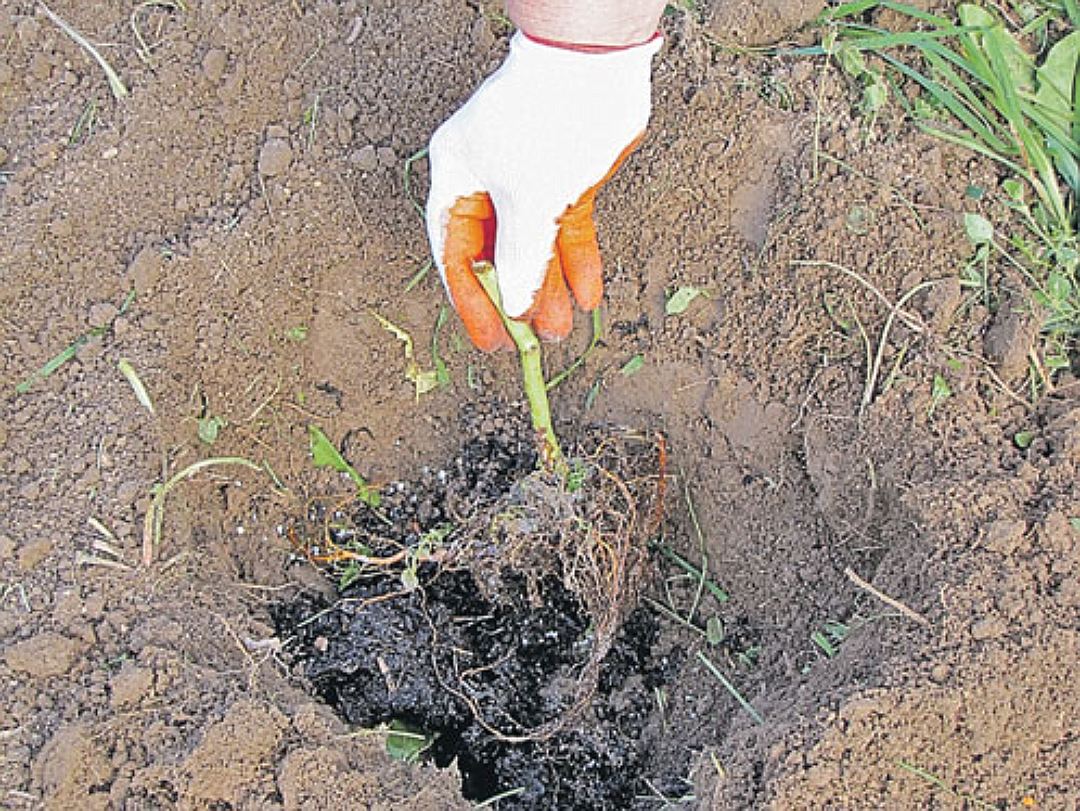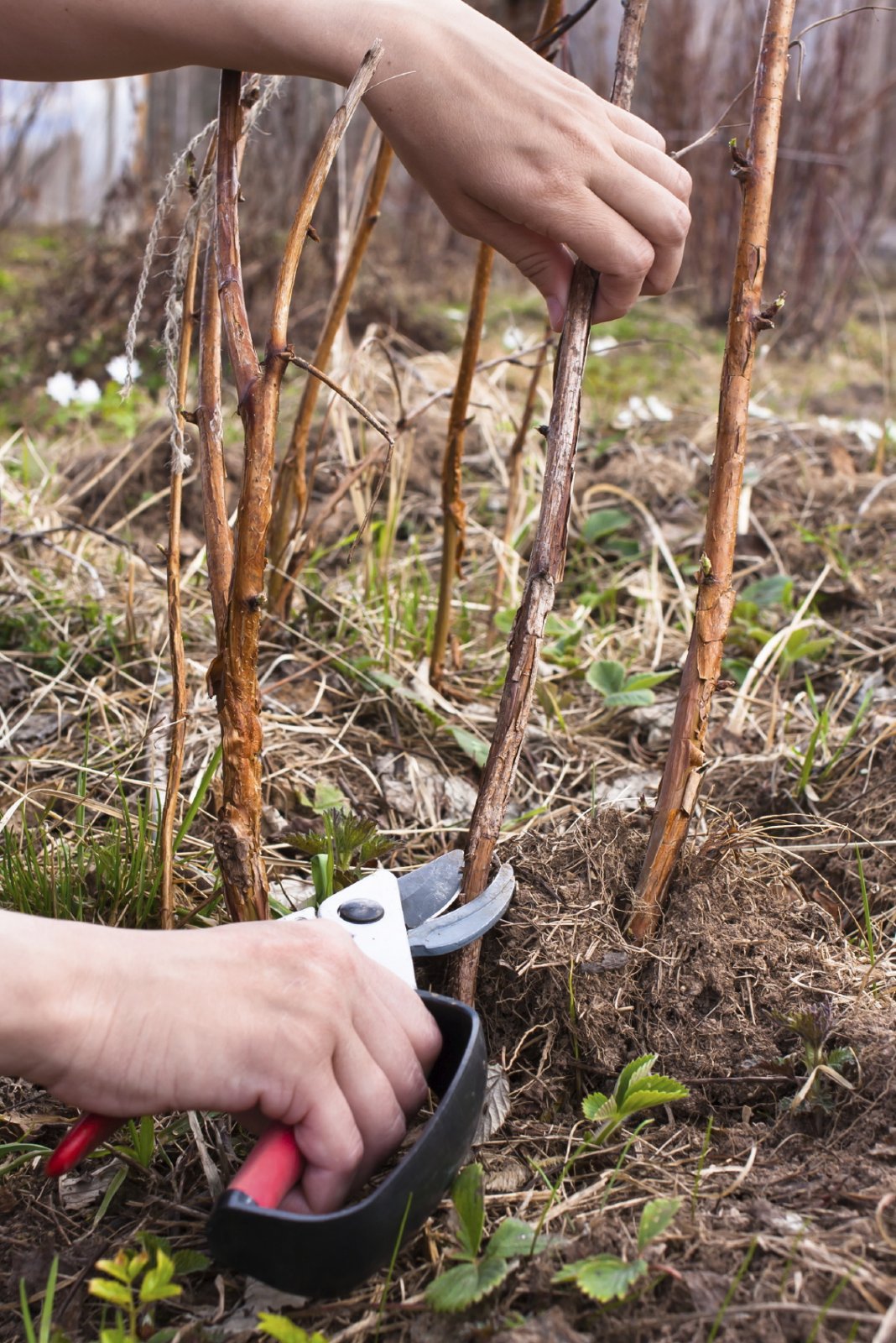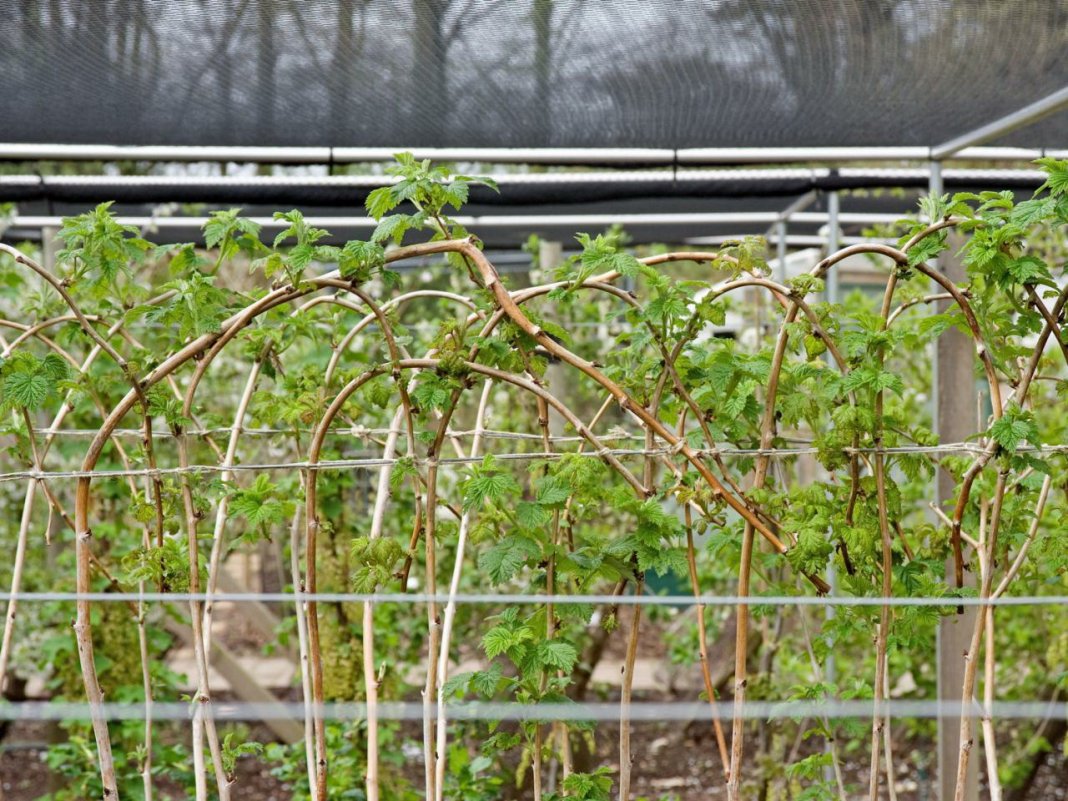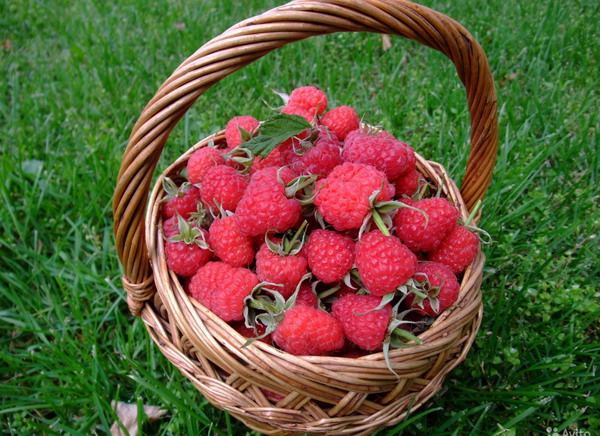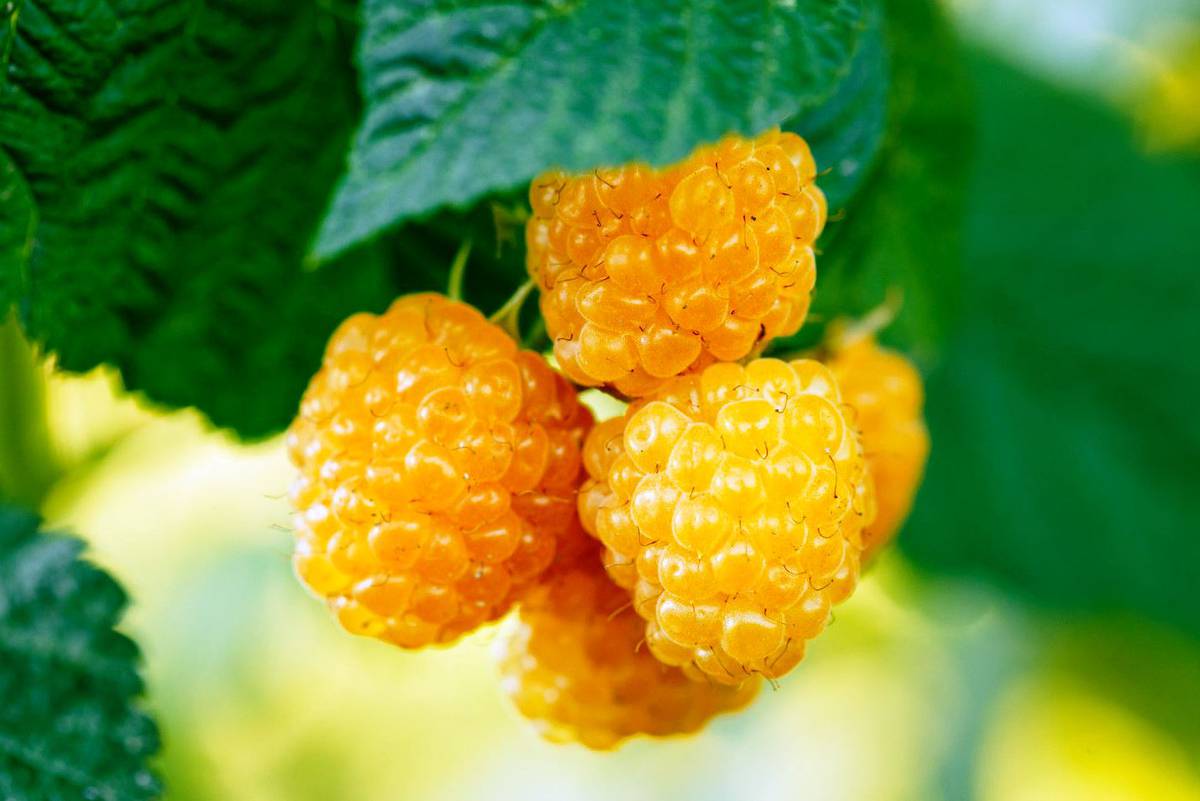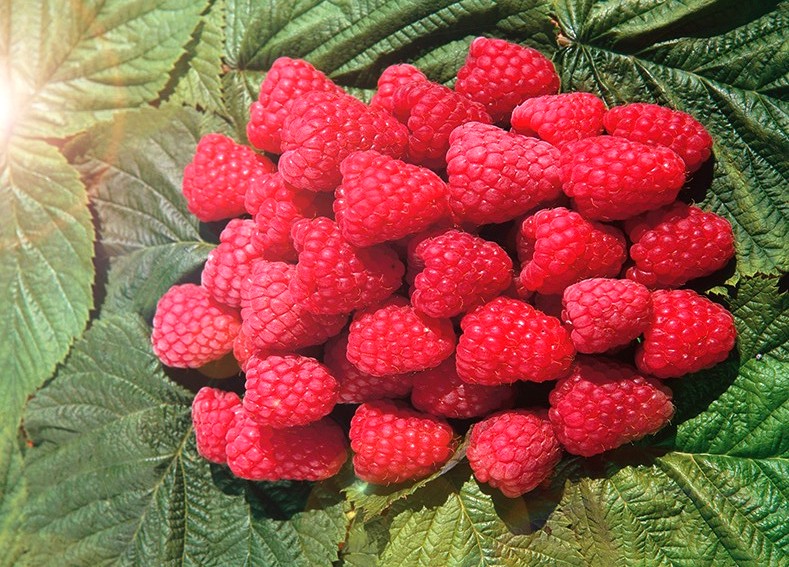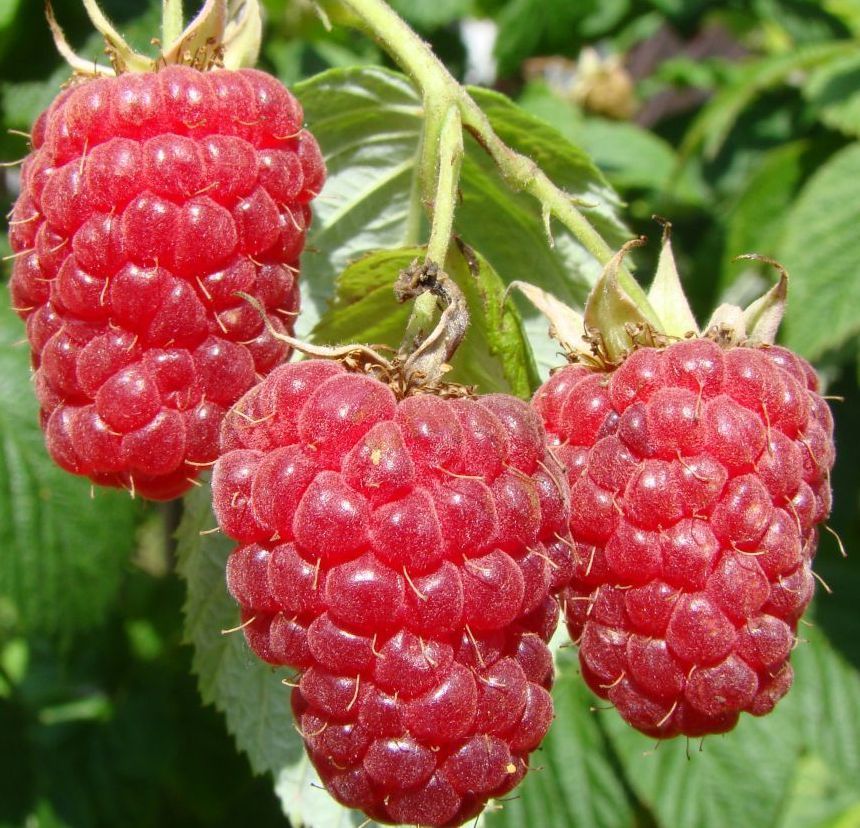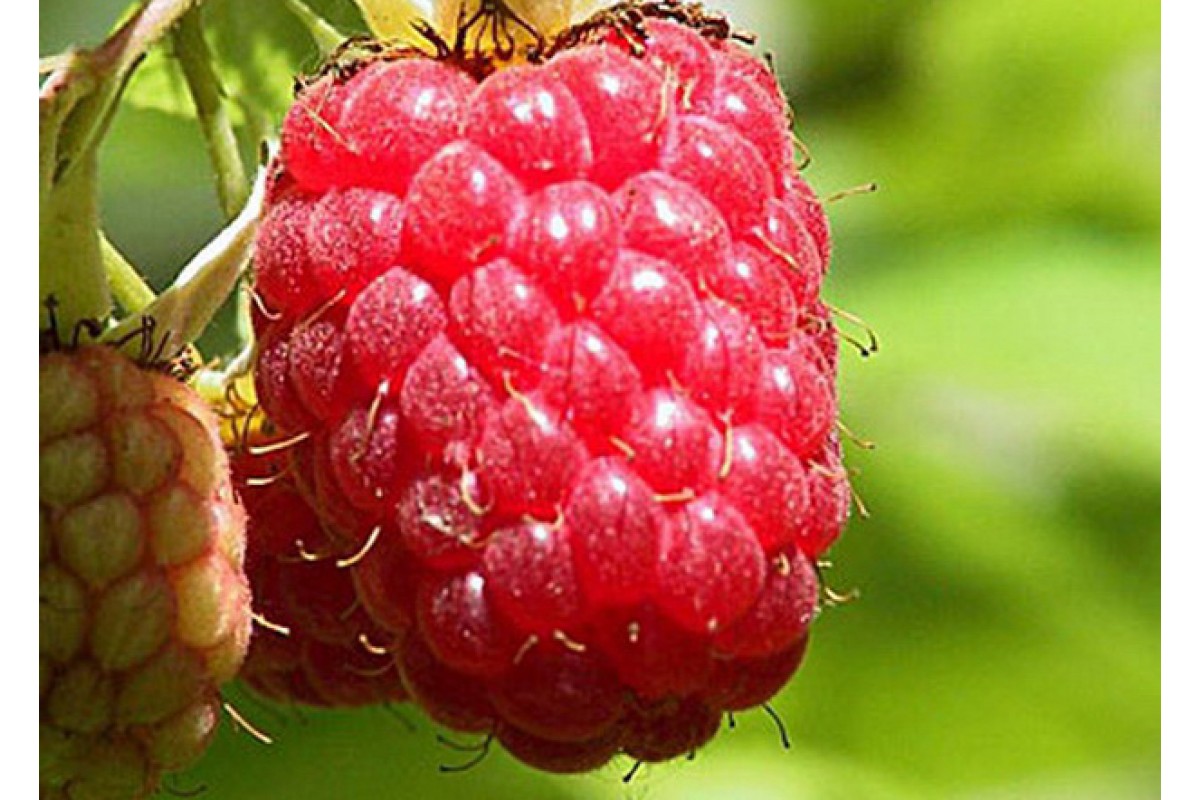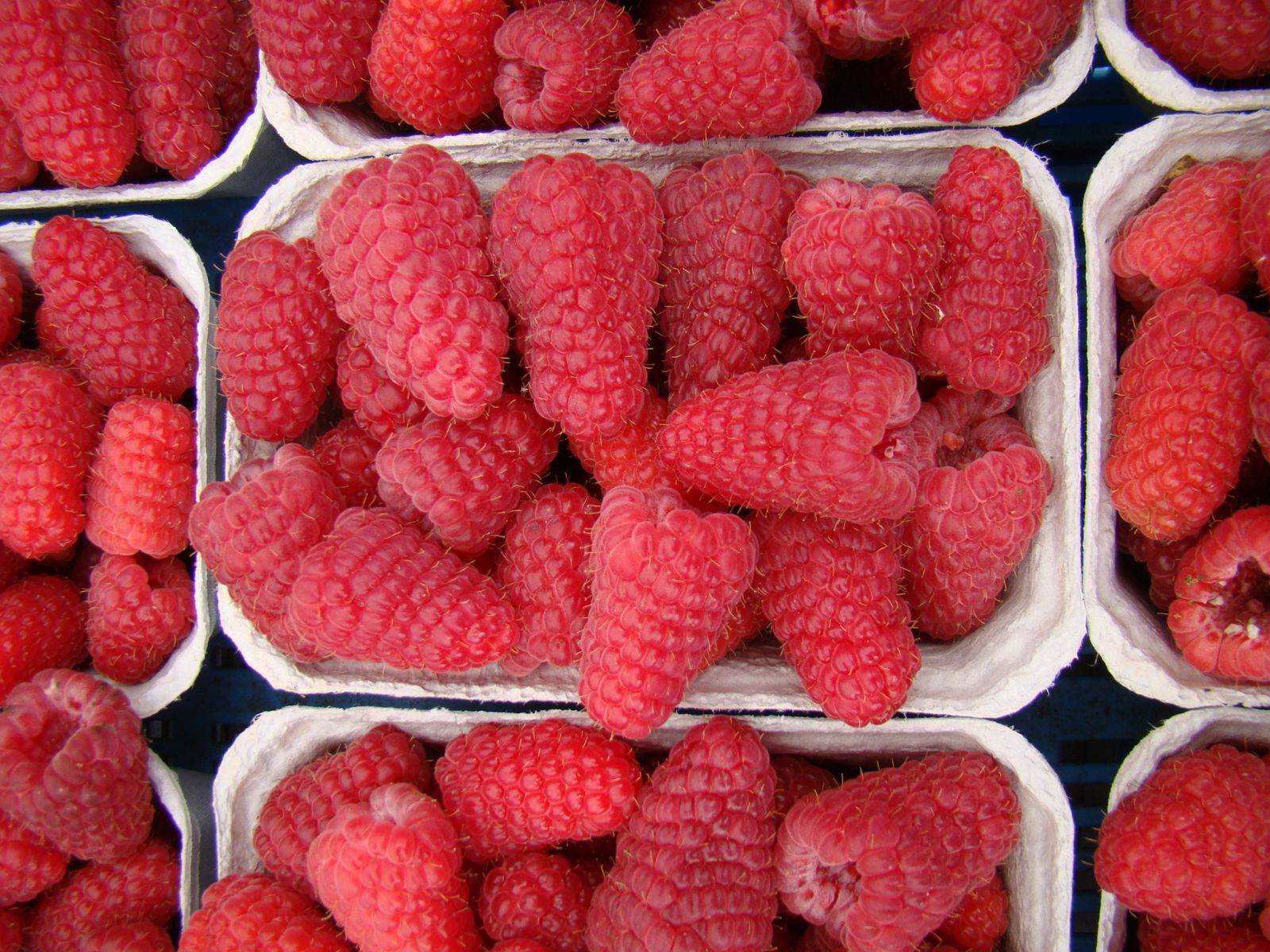Content:
Raspberries are one of the most sought after berries. It is not only tasty and aromatic, but also has medicinal properties. Currently, a huge number of varieties are grown, for example, Cleopatra, Vera, Fairy Tale, etc. Modern varieties are distinguished by high tasting characteristics, excellent yield and disease resistance. This includes the Russian variety Zhuravlik.
Description of the raspberry variety Zhuravlik
Bred by breeders of the Kokinsky VSTISP as a result of crossing the varieties Rubin Bulgarian and Kostinbrodskaya.
Raspberry Zhuravushka belongs to remontant varieties, in which berries are formed on annual and two-year shoots. Having bushes of such raspberries in the garden, the gardener can harvest two waves of the harvest, and the second harvest continues until the very frost.
Crane cultivation is recommended in the south of Russia, in the Middle Volga region, in the Caucasus, as well as in the central and southern parts of Ukraine and Belarus. It can also be grown in more northern regions, in this case, the shoots for the winter must be protected from frost, since they have an average frost resistance.
The variety was included in 2001 in the State Register of Breeding Achievements in the Middle Volga Region.
Crane yield reaches 2-3 kg per bush or 8-9 t / ha.
The variety is resistant to major diseases, moderately resistant to fungal infections. The raspberry mite weakly affects the varietal bush.
Bush characteristic
The crane is a powerful bush with thick erect or slightly spreading stems 1.5-2 m long, which are covered with short thorns. During the season, one bush forms 6-7 shoots, which refers to the average shoot productivity.
Biennial stems are light brown, annuals are purple with a slight waxy bloom (on the sunny side). The edge is absent on one-year-olds.
There are few thorns on two-year-old shoots, mostly they are located at the bottom of the stem and have the same color as the shoot.
The leaves are powerful, dark green, slightly pubescent, toothed. Are of medium curl and wrinkle.
Description of fruits
The fruits are conical in shape with a blunt tip, slightly pubescent. Raspberry Crane, or raspberry Crane, has a red or ruby color. The taste is dessert, delicate, sweet and sour, according to the tasting scale, the variety received 4.7 points.
The average weight of the berry is 2-3.5 g. Its pulp is quite dense and juicy. Raspberry seeds are medium-sized.
Berries contain a large amount of vitamins C, PP, B2 and F. They can be consumed fresh or processed into jams, compotes, etc. Since the flesh of the berries is dense, they can be transported.
Advantages and disadvantages of raspberry Zhuravinka
Benefits:
- extended fruiting (one or two harvest waves);
- unpretentious care;
- excellent taste indicators;
- resistance to major raspberry diseases;
- the ability to transport the crop;
- versatility of the use of berries.
Disadvantages:
- the berry does not always have time to ripen during the second wave;
- the yield of the bushes is slightly lower than that of highly productive remontant varieties;
- relatively small weight of berries.
Planting remontant raspberries Zhuravushka
It is best to plant in spring (late April) or fall (early October).
Seedlings are obtained in the following ways:
- root processes;
- cuttings;
- dividing the bush.
Raspberries love areas that are well heated by the sun. In shaded areas, the harvest time is postponed, and the taste of the berries decreases. It is also necessary to take into account the fact that bushes develop better in areas protected from the wind, for example, along a fence.
If groundwater is located at a depth of less than 1m from the surface, then the landing site is chosen on the hills.
Light loamy or sandy loam soils are best suited for growing raspberries of the Zhuravushka variety. Therefore, before planting, be sure to check the pH level of the site. It should be between 5.8 and 6.7. If the soil is acidic, then first add 0.5 kg of lime per square meter.
It is good if you first plant the garden with sederates (mustard, lupine, etc.). For 1.5 months before planting, the site with the Sederates is dug up.
Trenches or holes 30-40 cm deep and 50-60 cm wide are made for planting. The following planting scheme is adhered to: 0.7-1m - row width and 1-1.5m - between rows. This distance is maintained so that the raspberries can grow on their own over time.
Humus, superphosphate, wood ash are introduced into the prepared pits. If the soil is dense, then additionally add sand or peat. A bucket of humus is introduced per 1 square meter and a glass of superphosphate and potassium sulfide is added. Instead of them, you can add 200-400 g of complex mineral fertilizer, also per 1 sq.m.
Attention! Before planting, the fertilizer must be mixed with the soil so as not to damage the root system.
A varietal seedling is located in a prepared hole so that the root collar is located at ground level. In sandy soil, its burial is allowed to a depth of no more than 4 cm.
After planting, it is imperative to water the bushes and cut off the shoots to 25-30 cm.
Caring for raspberry bushes
Raspberry Zhuravlenok is not demanding in care.
As with any remontant raspberry, it is enough to carry out traditional plant care, which includes:
- watering;
- loosening;
- top dressing;
- trimming;
- garter.
Watering
Raspberries require rare but abundant watering. Watering the Crane is enough 4-5 times for the entire season.
An approximate watering schedule can be represented as follows:
- at the time of active growth of the kidneys;
- during the flowering period;
- with the formation of ovaries;
- after the first harvest;
- in the fall before preparing the plant for wintering.
If the summer is dry, then additional watering can be carried out in August.
Loosening
This operation improves air access to the root system of the bush. As a result, plants in such a site develop much better than in untreated ones.
In spring and early summer, loosening is performed to a depth of 5 cm. Loosening is performed carefully so as not to damage the roots of the bushes and young shoots.
Instead, you can mulch the area with sawdust, straw, or other materials. In this case, a crust will not form on the surface of the earth, and the temperature under the mulch layer will be several degrees lower.
Top dressing
The fertilization scheme for Zhuravlik is standard, as for any other remontant variety.
In early spring, nitrogen fertilizers are applied in combination with wood ash, which reduces soil acidity.
To increase the amount of the ovary, potassium-phosphorus fertilizers are used.
In the summer, to improve the ripening and taste of berries - organic and mineral.
In the fall, you need to make phosphorus-potassium fertilizer mixtures. Phosphorus helps to strengthen the root system, and potassium increases resistance to low temperatures.
Pruning
Since the raspberry Zhuravlik is a remontant variety, it has two or one fruiting waves. In the first case, berries ripen in summer and autumn. This option is not always convenient, since the second wave does not always have time to mature. If in your region the raspberries do not have time to ripen for the second time, then it is better to transfer them to one wave of fruiting. The choice of the method of fruiting is done by pruning.
If it is necessary that fruiting occurs in two waves, then in the fall, pruning of two-year-old shoots is performed.
In the case of complete cutting of all the stems in the fall, the harvest will be carried out in one wave, while it will be extended in time.
In the spring, it is imperative to remove frozen branches, and throughout the season to carry out sanitary pruning.
Garter bushes
Since Crane has long shoots, it is necessary to create a support for their full development. Trellis are usually used. For this, a wire is pulled between two posts. The shoot is tied to the wire. A pipe cut can be used as pillars.
You can also use the fan-shaped garter method, which consists in hammering stakes between the rows, to which the shoots are tied. Half of the shoots of the bush - to one support, half to the other. Young shoots grow freely.
Preparing bushes for winter
In the fall, the bushes are either completely trimmed, or the shoots are shortened by about half.
In the first case, the trimmed bushes are simply covered with spruce branches or straw. In the second case, the shoots are bent to the ground and then covered. In case of cold winters, they can be additionally covered with agrofibre.
The correct choice of variety and high-quality care of raspberry bushes will allow you to have tasty and aromatic berries on the table every year.
